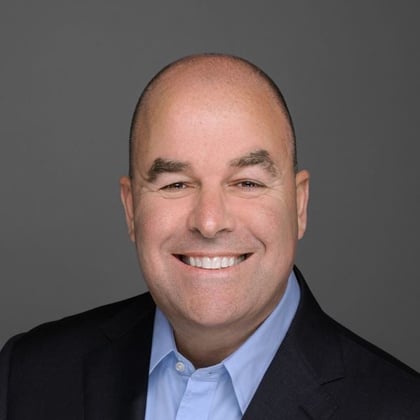What You Need to Know
- Insurers call universal life insurance permanent coverage.
- Elan Moas contends that, for most UL policy owners, the math is wrong.
- He says typical UL policies are designed to lapse when the insureds are in their 80s.
Elan Moas, a veteran life insurance agent, says clients with universal life coverage need regular performance reality checks.
Moas argues that typical clients have no idea how likely their UL policies are to run out of cash value and lapse.
“These policies are dreadful across the board,” Moas said earlier this month in an interview. “They are horrifically designed.
Moas has made a name for himself as one of the most visible critics of typical uses of universal life insurance. He is the author of “Lapsed: The Universal Life Insurance Whistleblower,” a book about his belief that more than 90% of individual and group universal life policies will lapse without paying death benefits.
Moas has critics of his own. Some colleagues argue that his views are based on incomplete policy lapse data or unrealistic expectations for the policies. But even many of those opponents agree with Moas that clients need better information about how their universal life policies are really doing, based on the insured’s current life expectancy and realistic investment performance assumptions.
What it means: If you’re trying to help clients understand how their stocks, bonds and retirement accounts are doing, maybe you also help the clients get and analyze in-force illustrations for their universal life policies.
Moas: Moas has a bachelor’s degree in finance and real estate from Florida Atlantic University. He entered financial services as a broker at A.G. Edwards in 1998.
Over the next decade, he worked for several other financial firms. He survived the “dot-com” crash that hit the early internet stocks around 2000, and then the subprime mortgage lending crisis.
In 2008, he began selling term life insurance and whole life insurance.
He sold one universal life policy. After he read the policy, he decided that it was troubling and avoided selling any more universal life insurance. His hostility toward universal life policies increased after he analyzed his clients’ policies and heard critiques of universal life policies from whole life sales trainers.
“Once you understand why whole life works, you understand why the other policies don’t work,” Moas says.
Today, Moas focuses mainly on selling term life insurance and whole life insurance.
Whole life: When a life insurer sells whole life insurance, it promises to keep the premiums and the benefits stable for a term that will last until the insured reaches an age ranging from 100 to 121.
The policy builds cash value until it matures. When the policy matures, the cash value is the same as the death benefit. If an insured survives until the policy matures, the issuer may either pay the policy death benefit to the insured or extend the policy.
The issuer of a whole life policy assumes all of the investment risk associated with the policy and all of the risk related to the insured’s mortality.
Before the policy matures, the insured can get cash by borrowing against the policy’s cash value.
The weakness of a whole life policy is that the monthly premium for a young, healthy insured may look very high.
Universal life: The issuer of a traditional universal life insurance policy, or UL policy, separates the underlying cost of insurance from the performance of the investments supporting the policy.
The policy crediting rate for a traditional UL policy depends on changes along with an interest rate benchmark.
The crediting rate for a variable universal life policy, or VUL policy, depends on the performance of investment funds.
The crediting rate for an indexed universal life policy, or IUL policy, depends on the performance of one or more investment indexes.
Like a whole life policy, a universal life policy builds cash value. But the issuer can let the death benefits and the premium payment schedule change.
Because of the modular nature of a universal life policy, the cost of a given amount of death benefit protection might be lower for a young universal life policy user than for a young whole life policy user. Advisors can change a variety of policy characteristics to fit with estate planning goals or other goals.
If the policy owner wants to keep the policy in force, the cash value must exceed the cost of insurance, or the owner must add premiums.
Moas’s critique of universal life insurance: Moas does not base his criticisms of universal life insurance on the view that insurers generally fail to make good on binding promises spelled out in the policies.
He argues, instead, that insurers mislead consumers by using absurdly low life expectancy figures and absurdly high investment return assumptions in the policy performance illustrations.
“The illustrations make no mathematical sense,” he says.









 April 08, 2024 at 10:53 AM
April 08, 2024 at 10:53 AM











